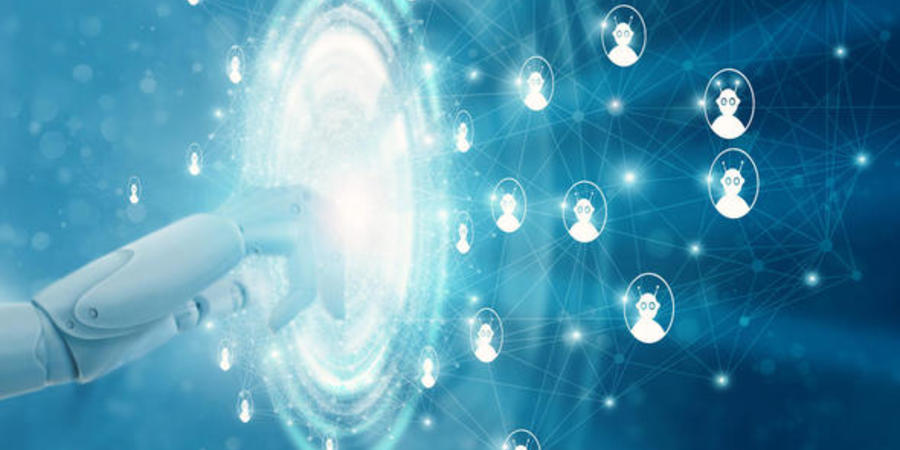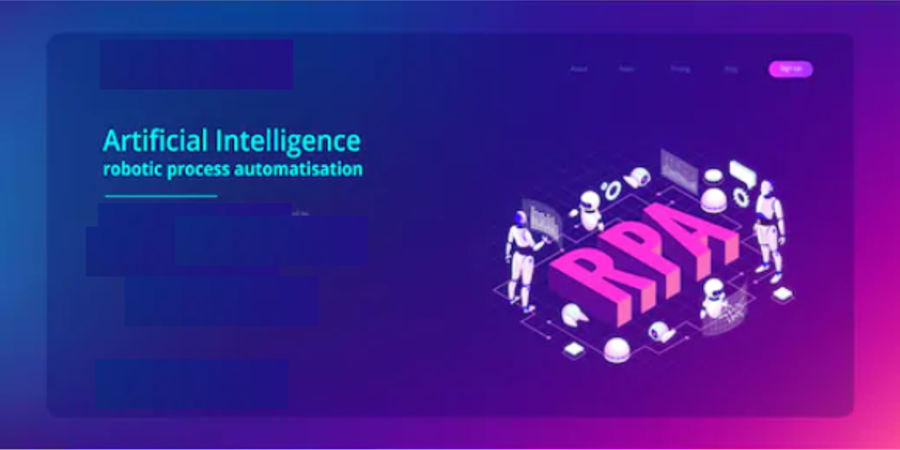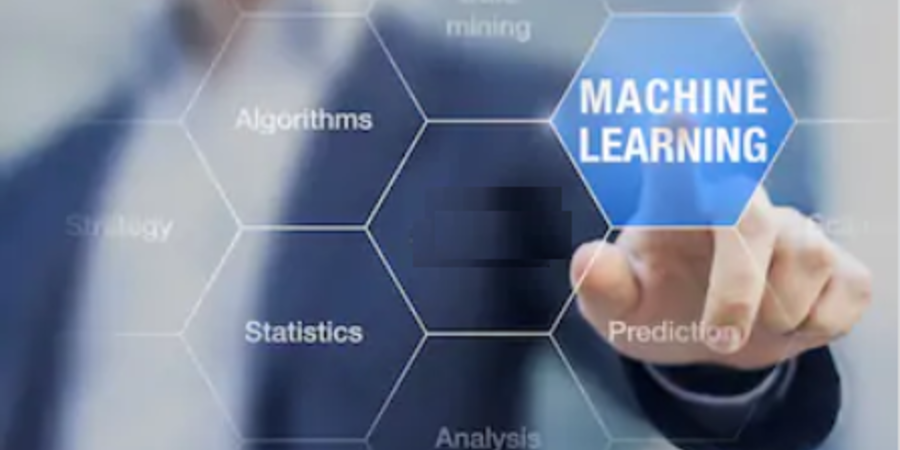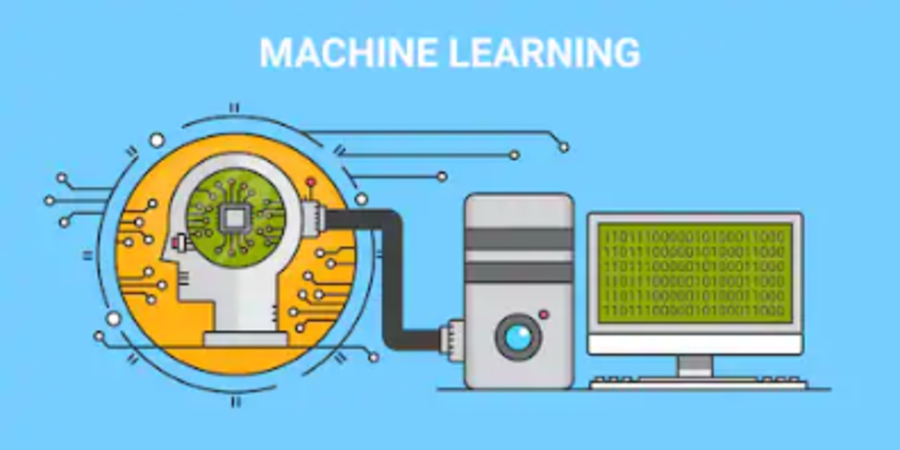Staff turnover can be surprisingly costly, even for roles which do not require specialist qualifications. If a sizeable percentage of your workers walk out the door each year, you’re looking at significant disruption and a big bill. That’s why it makes sense to make it a priority to keep your existing team happy. Deploying robotic process automation (RPA) technology to eliminate repetitive manual processes wherever practicable is one way you can do so – and boost efficiency and productivity in the process.













